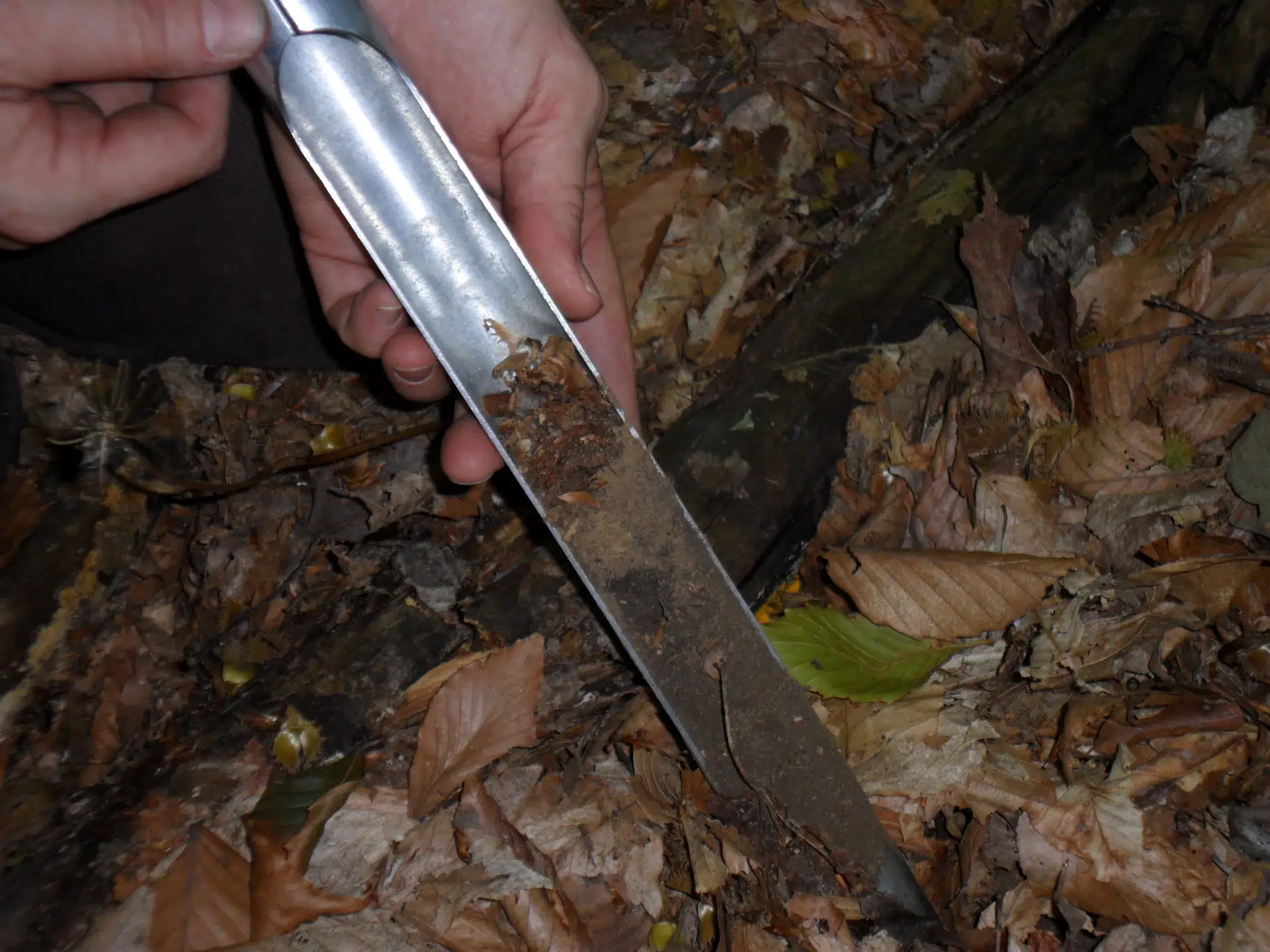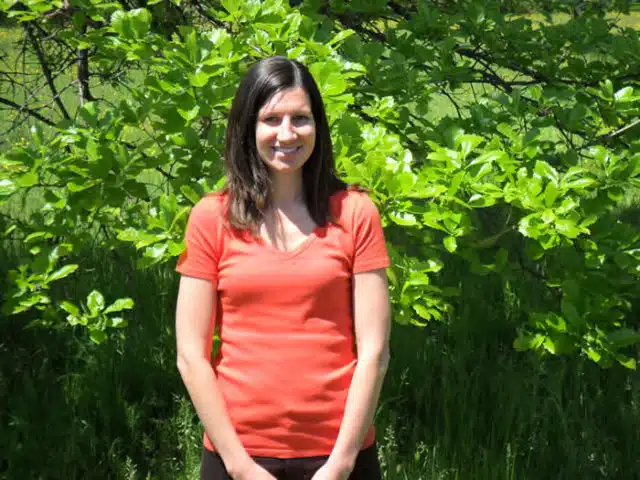Soil and Microbial EcologyDiversity of soil fungi and microbes
In progress
Question
What are the environmental factors that affect microbial diversity and their function in soil?
Project Summary
Soils harbor an incredibly high diversity of organisms. Just one teaspoon of natural soil can contain billions of microorganisms and millions of microbial species. Fungi make up a large portion of the biodiversity in soil and can function as decomposers (i.e., saprotrophs) or plant mutualists (i.e., mycorrhizae), among other functional groups. In forest soils, it is becoming increasingly clear that fungi respond to small-scale changes to their environment. The patchy nature of forest soils can change fungal taxa and their activities over short distances. However, natural ecosystems are faced with multiple environmental factors at the same time, making it difficult to tease apart the effects of one factor from another. HF&G provides scientists with the capability to conduct long-term ecological studies to gain a better understanding of the multiple factors that influence soil diversity. To date, HF&G studies have investigated how yearly changes to snow fall, leaf litter inputs, and spring ephemerals, to name a few, can impact soil fungal diversity and function. Such studies can help clarify the environmental conditions that are the most important for changing belowground organisms and their activities, and which can be important for the future health of forests given climate change. Work is continuing on data sets that span more than a decade to help predict how environmental factors affect microbial diversity and function in soil.
Keywords
soil fungi, climate change, forest, mycorrhizae
In the field
Select Publications
- Burke DJ, SR Carrino-Kyker, and JH Burns. 2019. Is it climate or chemistry? Soil fungal communities respond to soil nutrients in a multi-year high resolution analysis. Ecosphere 10: e02896.10.1002/ecs2.2896
- Burke DJ, MK Klenkar, and JS Medeiros. 2018. Mycorrhizal network connections, water reduction and neighboring plants species differentially impact seedling performance of two forest wildflowers. International Journal of Plant Sciences 179: 314–324. 10.1086/696686
- Burke DJ. 2015. Effects of annual and inter-annual environmental variability on soil fungi associated with an old-growth, temperate hardwood forest. FEMS Microbiology Ecology 91: fiv053. DOI: 10.1093/femsec/fiv053
- Hewins CR, SR Carrino-Kyker, and DJ Burke. 2015. Seasonal variation in mycorrhizal fungi on roots of Allium tricoccum (wild leek) in a mature mixed hardwood forest. Mycorrhiza 25: 469-483. DOI: 10.1007/s00572-015-0628-5
- Burke DJ, KA Smemo, and CR Hewins. 2014. Ectomycorrhizal fungi isolated from old growth northern hardwood forest display variability in extracellular enzyme activity in the presence of plant litter. Soil Biology and Biochemistry 68: 219-222. DOI: 10.1016/j.soilbio.2013.10.013
- Burke DJ, KA Smemo, JC López-Gutiérrez, and CR Hewins. 2012. Soil enzyme activity in an old growth northern hardwood forest: interactions between soil environment, ectomycorrhizal fungi and plant distribution. Pedobiologia 55: 357-364. DOI: 10.1016/j.pedobi.2012.08.005
- Burke DJ. 2012. Shared mycorrhizal networks of forest herbs: Does the presence of conspecific and heterospecific adult plants affect seedling growth and nutrient acquisition? Botany 90: 1048-1057. DOI: 10.1139/b2012-065
- Burke DJ, KA Smemo, JC López-Gutiérrez, and JL DeForest. 2012. Soil fungi influence the distribution of microbial functional groups that mediate forest greenhouse gas emissions. Soil Biology and Biochemistry 53: 112-119. DOI: 10.1016/j.soilbio.2012.05.008
- Burke DJ, López-Gutiérrez JC, Smemo KA and Chan CR. 2009. Vegetation and soil environment influence the spatial distribution of root-associated fungi in a mature beech-maple forest. Applied and Environmental Microbiology 75: 7639-7648. DOI: 10.1128/AEM.01648-09
- Burke DJ. 2008. Effects of Alliaria petiolata (Brassicaceae – garlic mustard) on mycorrhizal colonization and community structure in three herbaceous plants in a mixed deciduous forest. American Journal of Botany 95: 1416-1425. DOI: 10.3732/ajb.0800184






















